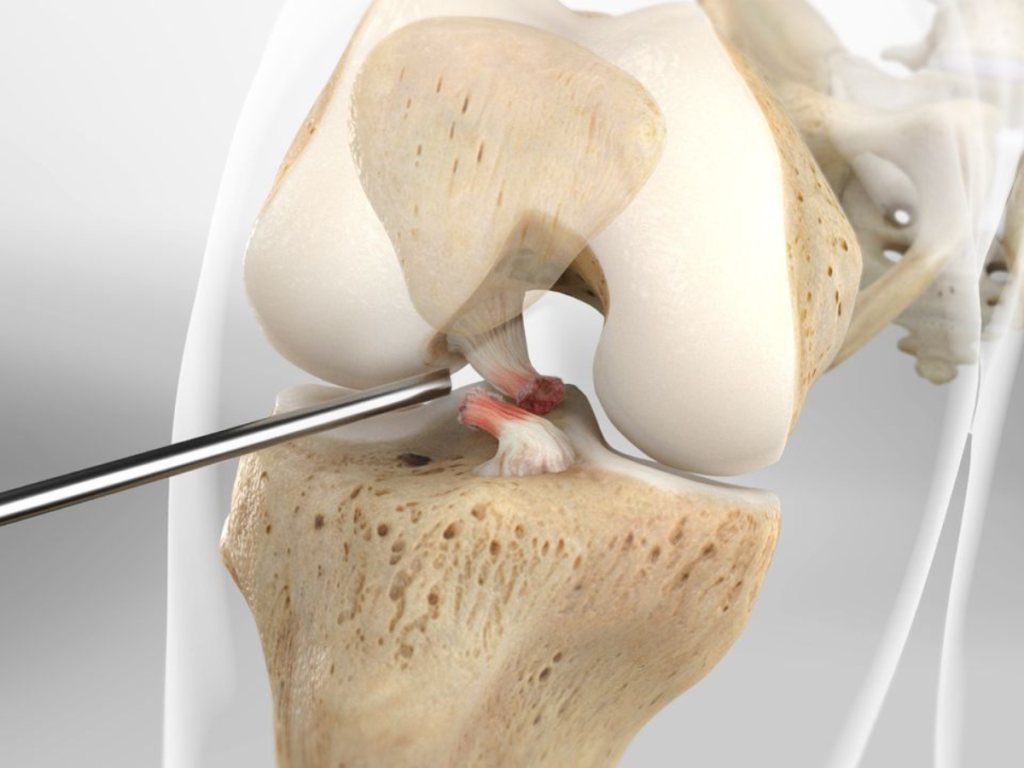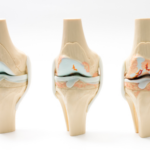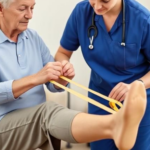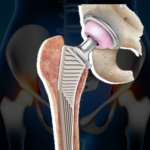
The knee joint is a complex structure comprising bones, ligaments, tendons, and cartilage, all working harmoniously to facilitate movement and support the body’s weight. Among the critical ligaments within the knee, the Posterior Cruciate Ligament (PCL) plays a pivotal role in ensuring stability and functionality. Injuries to the PCL can significantly impact knee stability, leading to mobility issues and compromised quality of life. Consequently, understanding the importance of the PCL in knee stability and exploring PCL reconstruction surgery becomes paramount in addressing these concerns.
The Role of the PCL in Knee Stability
The PCL, one of the two cruciate ligaments in the knee, runs diagonally across the back of the knee joint. Its primary function is to prevent the tibia (shinbone) from moving too far backward relative to the femur (thighbone). This crucial ligament works in conjunction with the Anterior Cruciate Ligament (ACL) to maintain stability by controlling the forward and backward movement of the knee. While the ACL prevents the tibia from moving too far forward, the PCL prevents excessive backward movement.
Injury to the PCL and its Impact on Knee Stability
PCL injuries commonly occur due to trauma, such as sudden stops, hyperextension, or direct impact on the front of the knee when it’s bent. When the PCL is injured, individuals may experience symptoms like pain, swelling, instability, and difficulty bearing weight. These injuries can range from mild strains to severe tears, affecting the knee’s ability to function optimally and compromising stability during activities like walking, running, or sports participation.
Exploring PCL Reconstruction Surgery
PCL injuries that significantly impact knee stability may require surgical intervention. PCL reconstruction surgery aims to restore stability and functionality to the knee by repairing or reconstructing the damaged ligament. Unlike the ACL, which is more frequently addressed through surgical reconstruction, PCL injuries are often managed through conservative treatments initially. However, in cases where non-surgical approaches fail to restore stability, surgical intervention becomes necessary.
The surgical procedure for PCL reconstruction involves several steps. Surgeons may utilize autografts (tissues from the patient’s body) or allografts (donor tissues) to reconstruct the damaged ligament. The choice of graft depends on various factors, including the severity of the injury, the patient’s activity level, and the surgeon’s preference. The surgery typically involves arthroscopic techniques, which involve smaller incisions and minimize tissue damage, leading to quicker recovery times.
Rehabilitation and Recovery Process
Post-surgery, a comprehensive rehabilitation program is essential for successful recovery. Physical therapy plays a crucial role in strengthening the muscles around the knee, restoring range of motion, and improving overall function. The rehabilitation process is typically divided into phases, starting with protecting the reconstructed ligament and gradually progressing to more dynamic activities and sports-specific exercises.
Importance of PCL Reconstruction in Restoring Functionality
PCL reconstruction surgery is crucial in restoring knee stability and functionality, particularly for individuals with significant ligament damage affecting daily activities or sports participation. By restoring the PCL’s integrity, the surgery helps reduce pain, improve joint stability, and enhance overall knee function.
Summary
The Posterior Cruciate Ligament (PCL) is a vital component in maintaining knee stability. Understanding its role and significance in knee function is crucial, especially when addressing injuries that compromise its integrity. PCL reconstruction surgery serves as a viable option to restore stability and functionality to the knee joint, enabling individuals to regain mobility and resume an active lifestyle. A comprehensive approach, including proper diagnosis, surgical intervention when necessary, and structured rehabilitation, is pivotal in achieving successful outcomes for patients with PCL injuries.
Dr. Saurabh Giri, an esteemed orthopedic surgeon specializing in knee injuries and reconstructions, has been instrumental in advancing the field of PCL reconstruction. Dr. Giri’s expertise, coupled with his dedication to patient care and innovative surgical techniques, has significantly contributed to the successful outcomes of numerous individuals with PCL injuries.
In conclusion, the comprehensive understanding of the PCL’s role in knee stability and the advancements in PCL reconstruction surgery, alongside the expertise of specialists like Dr. Saurabh Giri, offer hope and effective solutions for individuals facing PCL injuries, enabling them to restore their knee’s stability and reclaim an active lifestyle.
Dr. Saurabh Giri has demonstrated exceptional skill and commitment in advancing the field of orthopedics, particularly in PCL reconstruction surgery, providing patients with the best possible care and outcomes.




